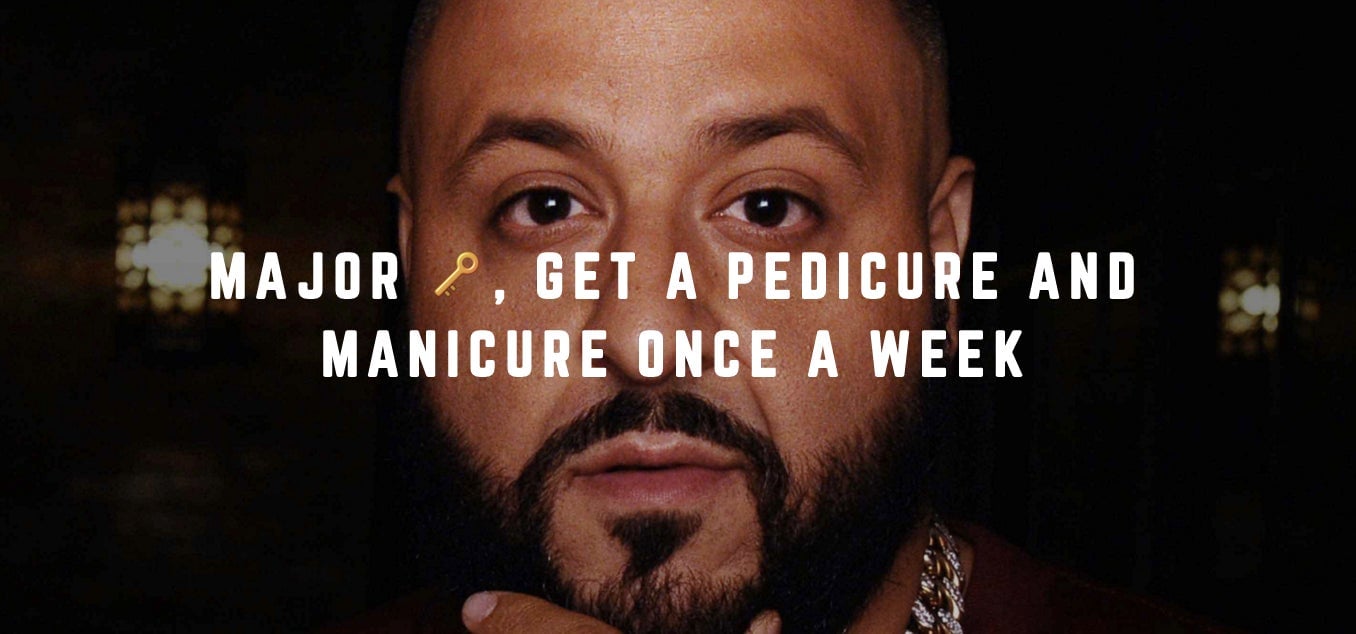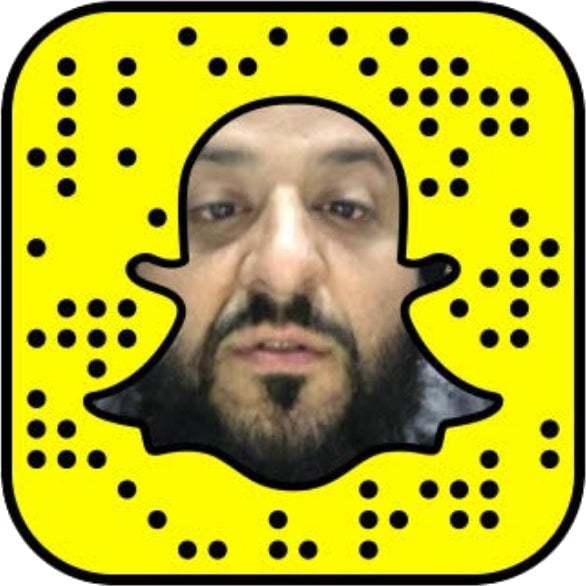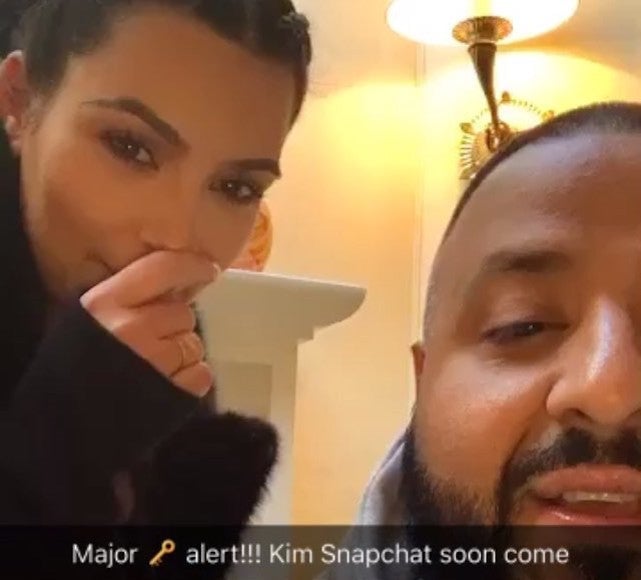What the key emoji and “major key” mean
🔑 has suddenly emerged from obscurity to become one of the most popular emojis in the United States. You may be seeing the explosion first-hand in texts, tweets, and snaps suddenly exclaiming, “Major 🔑.”


🔑 has suddenly emerged from obscurity to become one of the most popular emojis in the United States. You may be seeing the explosion first-hand in texts, tweets, and snaps suddenly exclaiming, “Major 🔑.”
If not, then take a look at recent traffic to the Emojipedia page for 🔑, which is the top search result on Google for “key emoji.” It increased 800% in December from the previous month.
Unlike some internet phenomena, the sudden rise of 🔑 is easily explained. DJ Khaled, the music producer and executive, is fond of the emoji and has popularized it largely through his widely followed Snapchat account. It’s a striking example of how rapidly social media can spread new language into the mainstream.

Khaled, whose Brobdingnagian personality makes him an appealing follow and self-generating publicist, frequently alerts fans to his “major keys to success,” ranging from fantastic life advice to absurd trivialities. In recent weeks, he has espoused the benefits of weekly massages, recommended keeping all conversations with friends off-the-record, endorsed Dove soap and cocoa butter, and described his favorite breakfast: ”Almond milk. Cinnamon Toast Crunch. Major key to success.” (Collect all his 🔑’s here.)
On Snapchat—and elsewhere, like Twitter, Instagram, and Facebook—Khaled frequently labels new keys to success as “major 🔑” or just “🔑.” The once-rare emoji is now associated with the man who brought it out of obscurity and his idiosyncratic guidance.
Khaled, 40, was a longtime radio DJ before becoming a producer and then releasing his own albums, which often feature some of the biggest American hip-hop artists. He’s the president of Def Jam South, which represents many popular southern rappers. But nothing in his career compares to the attention he has received for his account on Snapchat, the messaging app with about 200 million users who are largely American teenagers and twenty-somethings.

It’s easy to see how Khaled’s major 🔑’s—catchy, over the top, and hard to quibble with—became a meme in their own right, replicating across social media in a variety of forms. Thus the sudden rise of tweets in your timeline like, “Patience is 🔑.”
The emoji’s explosion is similar to, if not yet as dramatic as, the sudden emergence in 2014 of “on fleek.” That phrase was invented by a previously obscure user of Vine, which is owned by Twitter, and became a part of mainstream English within months.
Both terms have been spread by similarly young, savvy, digitally native internet users. The geographic spread of 🔑 isn’t yet clear, but it wouldn’t be surprising to find the emoji first emerged in the American south like so much other new English slang.
🔑’s rise is particularly interesting because, unlike new words, emoji don’t typically come out of nowhere to achieve popularity. There are hundreds of emoji; 🔑 officially became part of Unicode’s standard in 2010. But the most popular emoji far outstrip lesser-used characters like the lowly 🛃, which depicts a customs agent and is the least popular emoji on Twitter, according to Emojitracker.
Rankings of emoji usage can vary by country but rarely change. However, last year’s rise of 😂, officially known as “face with tears of joy” but more commonly used as “crying with laughter,” suggests that emoji can behave in some ways like a language. A study by Instagram, which is owned by Facebook, found emoji aren’t just gaining in popularity but, in some cases, replacing words: 😂, for instance, is increasingly used when someone once would have written “lol.” 🔑, of course, is rapidly replacing one particular definition of “key” in English.
Memes have traditionally taken the form of images because the web is a visual medium. With the popularity of smartphones and messaging, it seems natural that memes could also be text—and spread with even greater speed than viral images on the web. Snapchat encourages this by mixing photos and videos with short snippets of text. The platform also uses emoji to signify good friends and gives celebrities like Khaled their own emoji to verify that it’s really their accounts: Khaled’s is, of course, 🔑. Kylie Jenner has 👑. Justin Bieber’s is 🙏.
If 🔑 is the first random, previously unloved emoji to suddenly become a meme in American English, the next one is inevitably coming 🔜 .